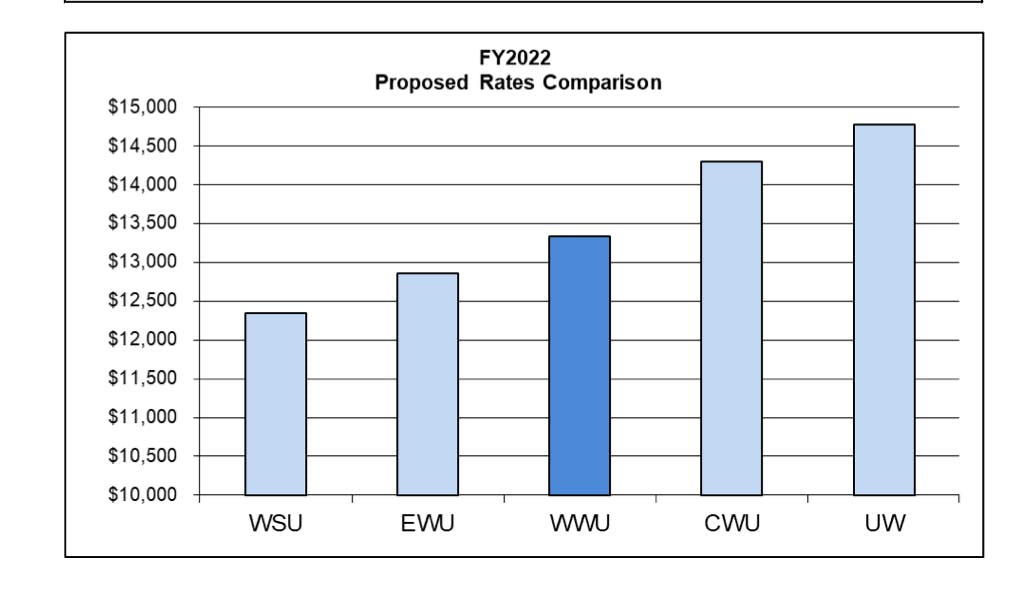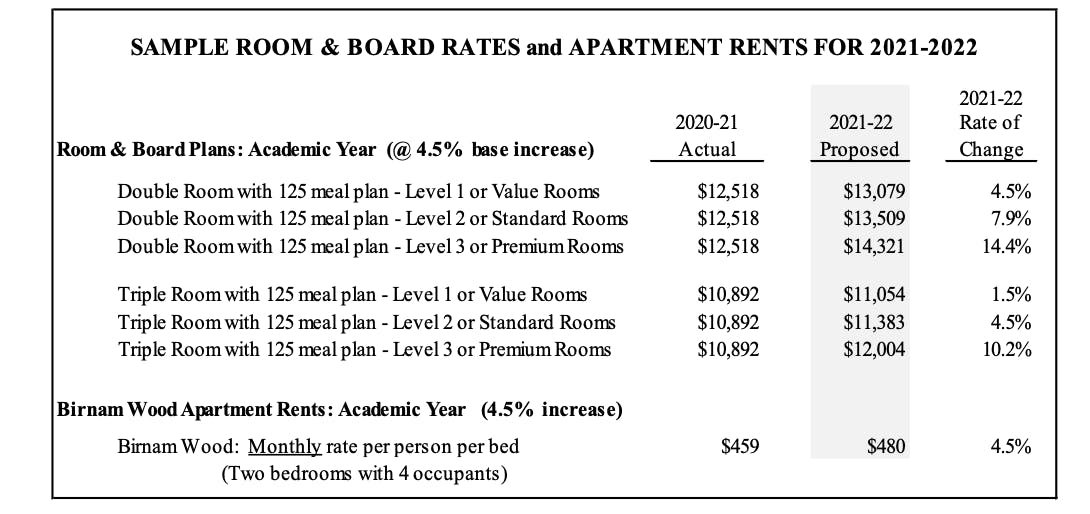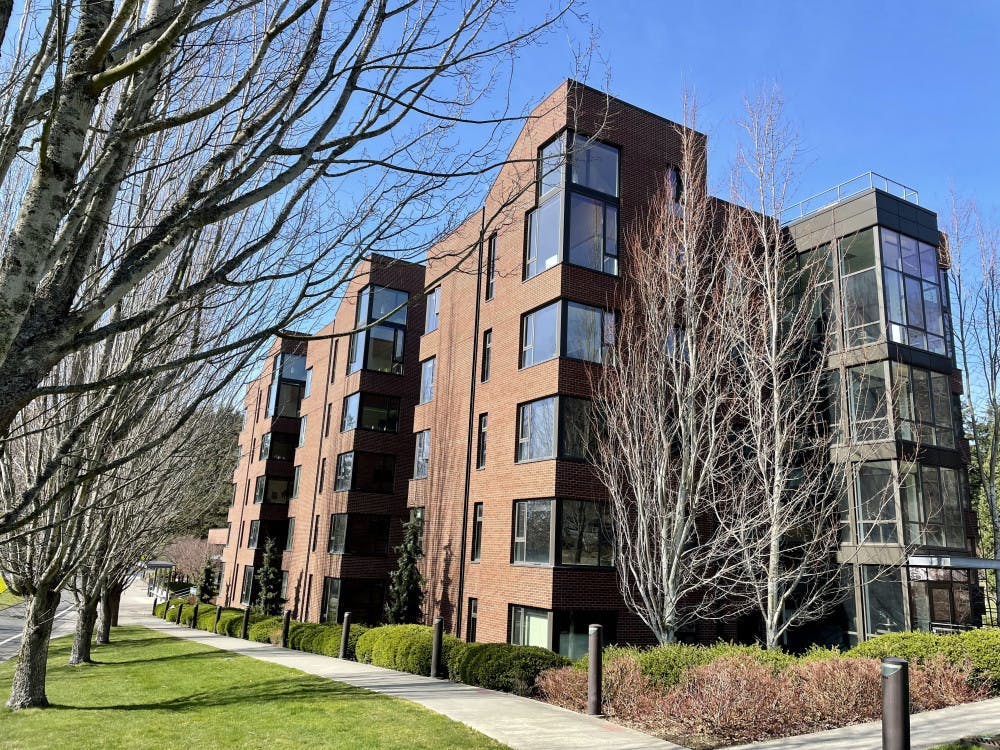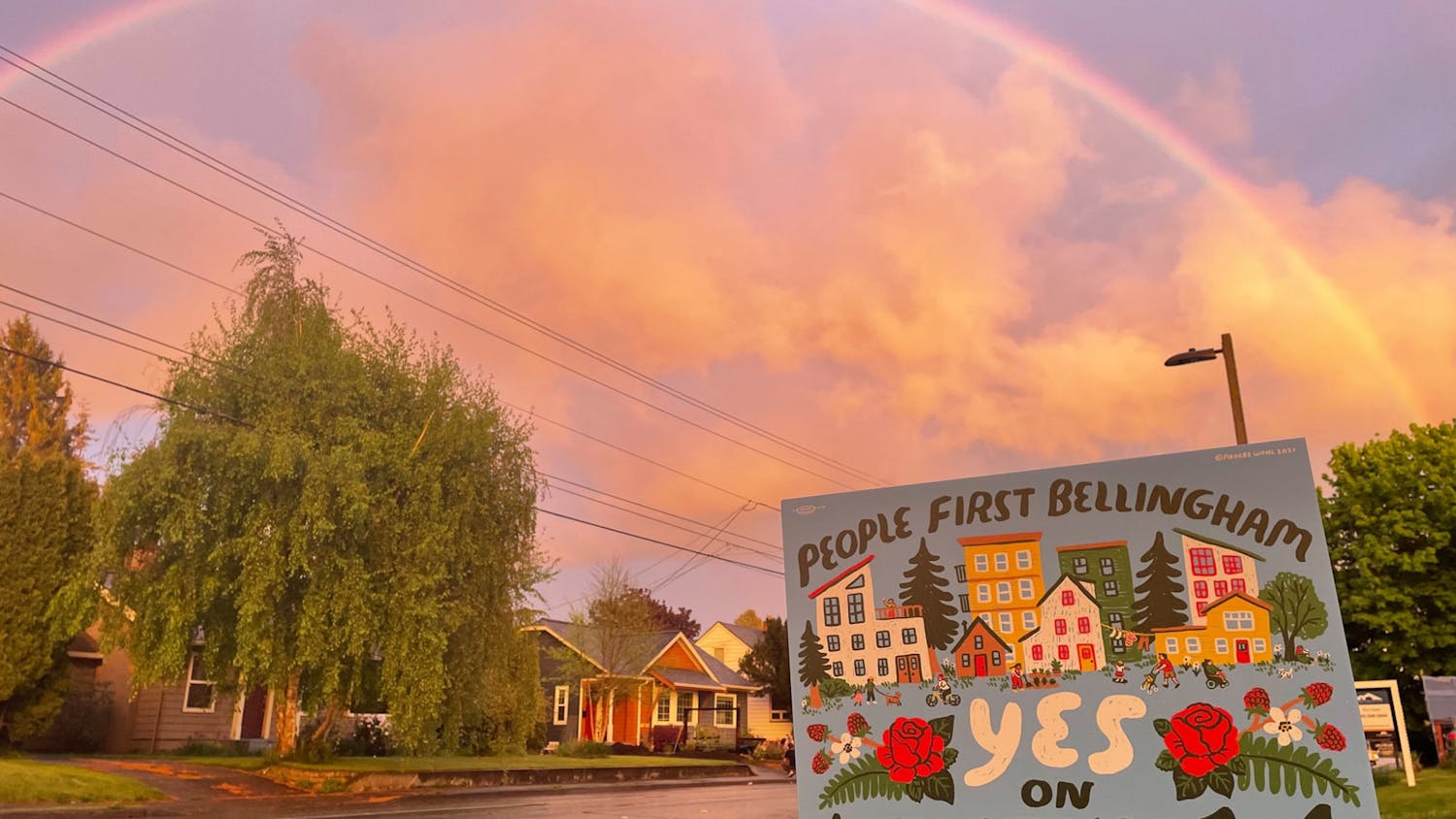This is a developing story. The Front will be releasing more stories in the future covering the issue in-depth.
The Western Washington University Board of Trustees officially passed a housing initiative that will provide a three-tiered cost evaluation system for on-campus housing prices for students as well as an increase in the cost of base-level housing.
The recently approved structure will take into account meal plans, the size and location of the dorms, room amenities and the number of roommates to create a three-tiered system.
According to Melynda Huskey, Western’s vice president of enrollment and student services, the university is the last institute in Washington state to adopt this model.

Increased housing prices and the tiered systems will be introduced for the 2021-2022 academic year after being passed unanimously by the board on June 11.
The resident hall cost increase of 4.5% will effectively raise the current $12,518 dorm cost to $13,079 for the lowest tier double room, according to the housing initiative. Mid-tier double rooms will cost $13,509 and the highest tier will cost $14,321 based on amenities and number of roommates.

“The differentiating criteria is in-suite kitchen availability and general bathroom density,” according to the housing initiative.
Nicole Ballard, the Associated Students vice president for governmental affairs, does not agree with the initiative as she believes it will create barriers for living in certain dorms that have better accessibility. Ballard also worries about the availability in each tier and housing insecurity in Western students.
“If all the housing is gone for the low tier, then where do the students go?” asked Ballard.
In response to the initiative, Ballard took it upon herself to share information and create a space for feedback prior to the meeting, creating an Instagram post for the AS Office of Civic Engagement.
Ballard also linked a form in the bio of the AS Office of Civic Engagement Instagram page for students to voice their concerns, which received 44 responses which were then emailed to the Board of Trustees.
“Affinity housing, such as the Black student housing and LGBTQ+ housing, are at the mid-level price which increases access barriers for students to live in inclusive and safe housing,” the Instagram post states, with several comments expressing concern.
Melynda Huskey said she feels that the increase in options actually leads to more accessibility.
“We will have 60 housing and dining options rather than 20,” said Huskey. “This is an accessible point of engagement.”
Reporting contributed by Ryan Morris.
Caroline Brooks is a journalism student and a reporter for The Front. Her work includes local features and Bellingham-based news.








